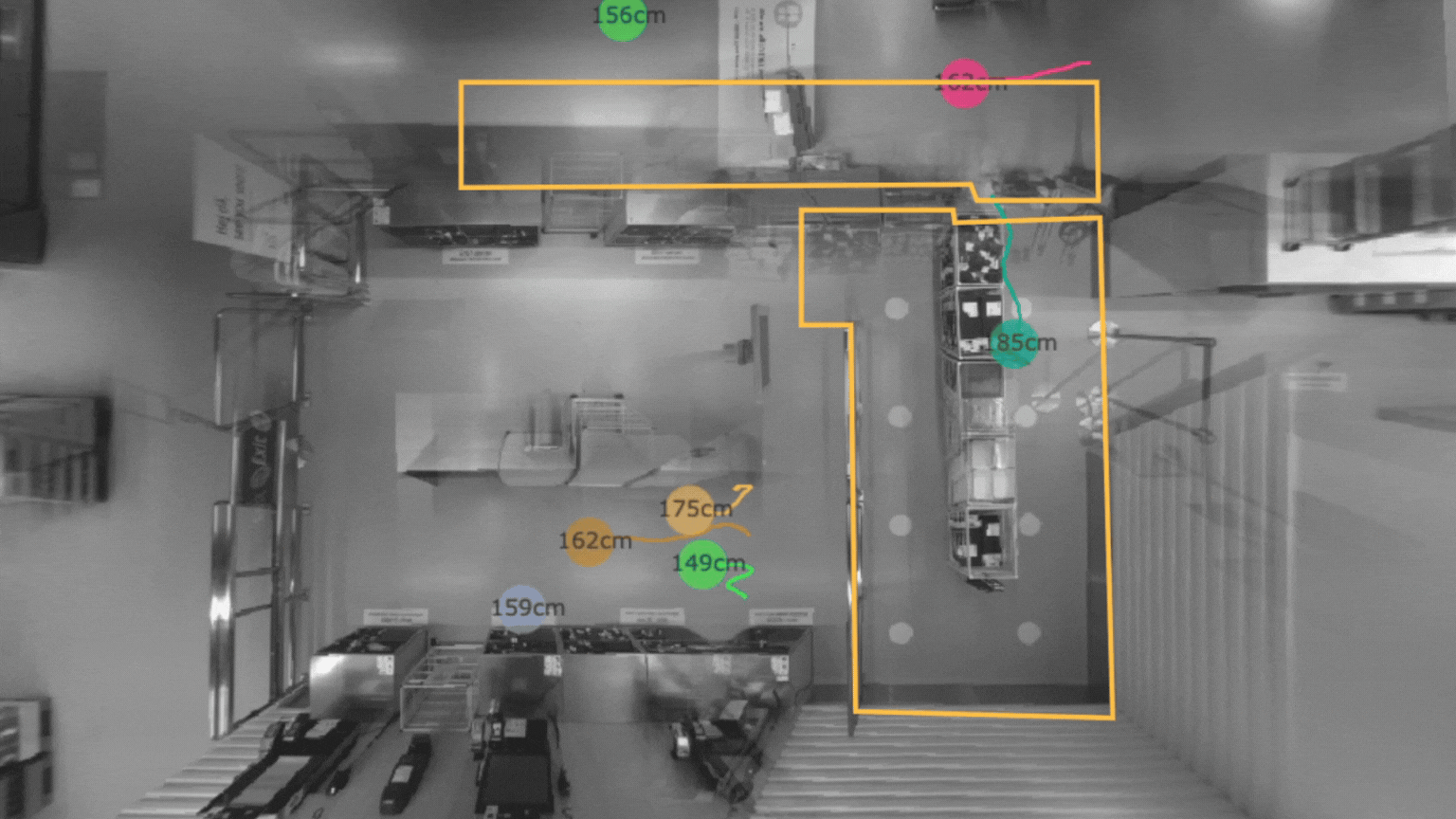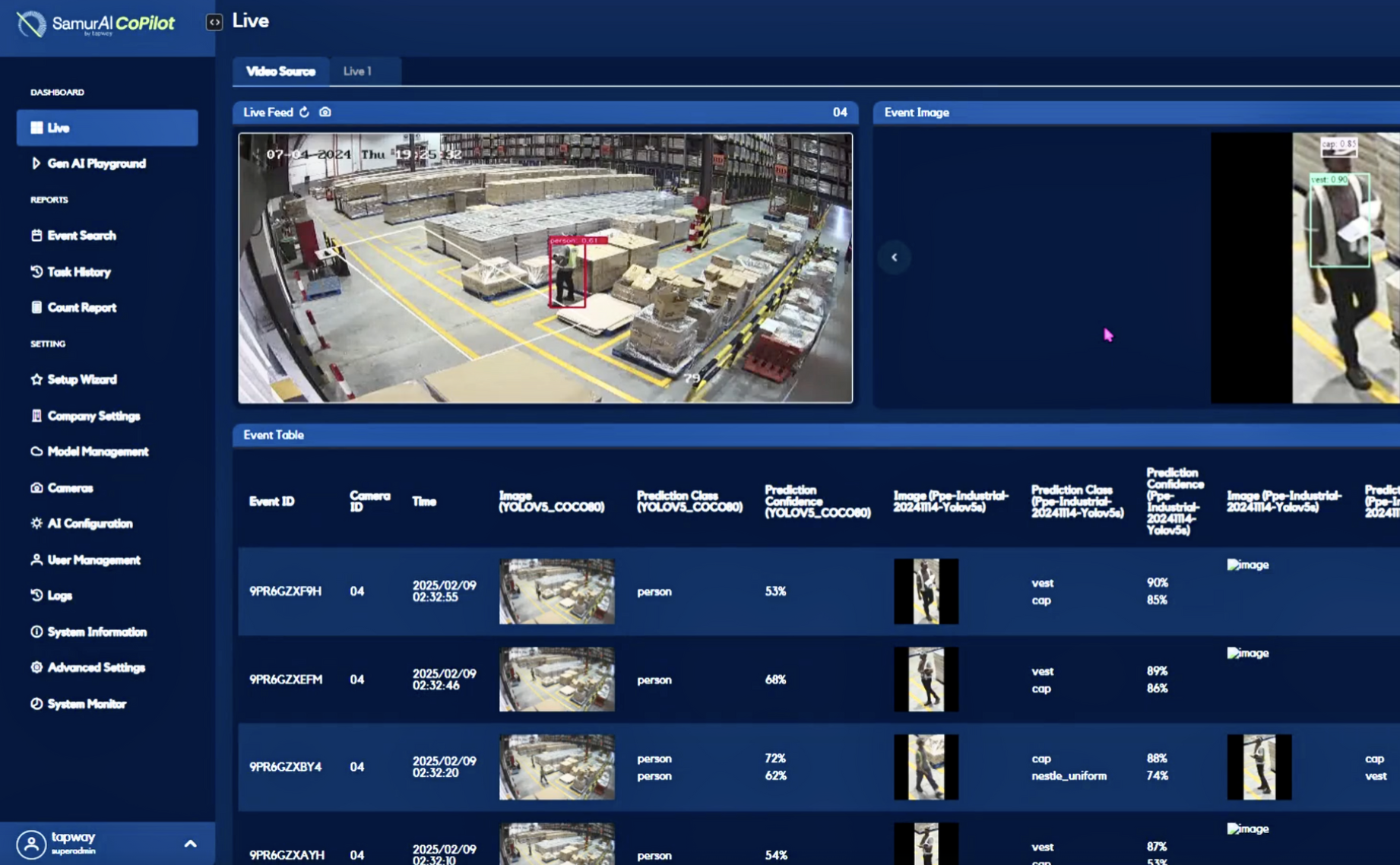AI for Business: A Practical Guide to
AI Solutions Implementation and Future-Proofing

📖 7 minutes read
🗓️ 08/04/25
👤 Tapway
AI is becoming increasingly integrated into business operations, helping companies automate processes, analyze data, and improve decision-making. While some businesses have fully embraced AI, others remain uncertain about where to begin.
Suppose you’re considering how AI could fit into your business. In that case, it helps to start with a practical approach, understanding what it can and can’t do, assessing your business needs, and experimenting with small changes before committing to larger implementations.
Here’s a step-by-step guide to help you integrate AI into your business, without the confusion.
Step 1: Identify Business Problems AI Can Solve
Before diving into AI, figure out where it can make the biggest impact on your business. Ask yourself:
- • What are the biggest inefficiencies in my business?
- • Where do manual processes slow things down?
- • What data am I already collecting but not using effectively?
AI isn’t a one-size-fits-all solution. Its usefulness depends on the specific challenges a business faces. Some areas where AI has been commonly applied include:
- • Compliance issues? AI-driven computer vision can detect violations and trigger alarms.
- • Slow customer service? AI chatbots can respond instantly to customer inquiries.
- • High marketing costs? AI can analyze data and optimize ad targeting.
- • Too much manual paperwork? AI-powered automation can streamline repetitive tasks.
Step 2: Understand the Different Types of AI for Businesses
AI can take different forms depending on its application. Some of the most commonly used categories include:
- • Machine Learning AI – Learns from data patterns over time. Used in fraud detection, recommendation systems, and pricing optimization.
- • Computer Vision AI – Processes images and videos to recognize objects, patterns, or anomalies. Applied in security, medical imaging, and retail analytics.
- • Conversational AI – Powers chatbots, voice assistants, and automated customer support.
- • Predictive Analytics AI – Analyzes historical data to forecast trends, commonly used in finance, sales, and marketing.
- • AI Automation – Handles repetitive tasks, such as document processing, appointment scheduling, and email categorization.
- • Generative AI – Creates new content, such as text, code, and visuals, based on learned patterns. Used in marketing, design, and product development.
Understanding the differences between these AI types can help in deciding which, if any, are relevant to your business.

In-store customer demographic detection by Tapway PeopleTrack
Step 3: Start Small – Test AI in One Area
For businesses new to AI, starting with a large, complex system might not be the best approach. Instead, testing AI in a single area—such as automating simple administrative tasks—can provide insights into its practicality and impact.
Some examples of small-scale AI adoption include:
- • Trying an AI-based chatbot to handle frequently asked customer questions.
- • Using Vision AI to detect and count footfall in your store or customer demographics.
- • Implementing AI analytics tools to better understand customer preferences and behaviors.
These smaller steps allow businesses to experiment without making significant financial or operational commitments.
Step 4: Choose the Right AI Tools & Partners
Unless you have an in-house AI team, you’ll need the right AI providers to help you integrate AI smoothly.
- • Look for AI solutions specific to your industry. (Retail AI, F&B AI, Manufacturing AI, etc.)
- • Ensure AI tools can integrate with your existing systems.
- • Check for scalability. (Can the AI grow with your business?)
- • Make sure AI is compliant with privacy laws.
At Tapway, we help businesses from various industries deploy AI-powered solutions that drive real results.

SamurAI Copilot by Tapway
Step 5: Train Your Team & Continuously Improve
AI is not a set-it-and-forget-it solution, it gets better over time as it learns from data. But for AI to work effectively, your team must know how to use it.
- • Train employees to work alongside AI tools.
- • Monitor AI performance and make adjustments as needed.
- • Stay updated on AI advancements to remain competitive.
Tapway offers AI training programs designed for businesses, no coding background required, and HRDC-claimable.
AI is the Future—Start Now
AI isn’t just for big corporations. Small and medium businesses that adopt AI now will gain a competitive edge in the future.
The key takeaway? Start small, choose the right AI tools, and gradually scale AI across your business. The earlier you begin, the faster you’ll see results.
Want to explore how AI can future-proof your business? Contact us today!